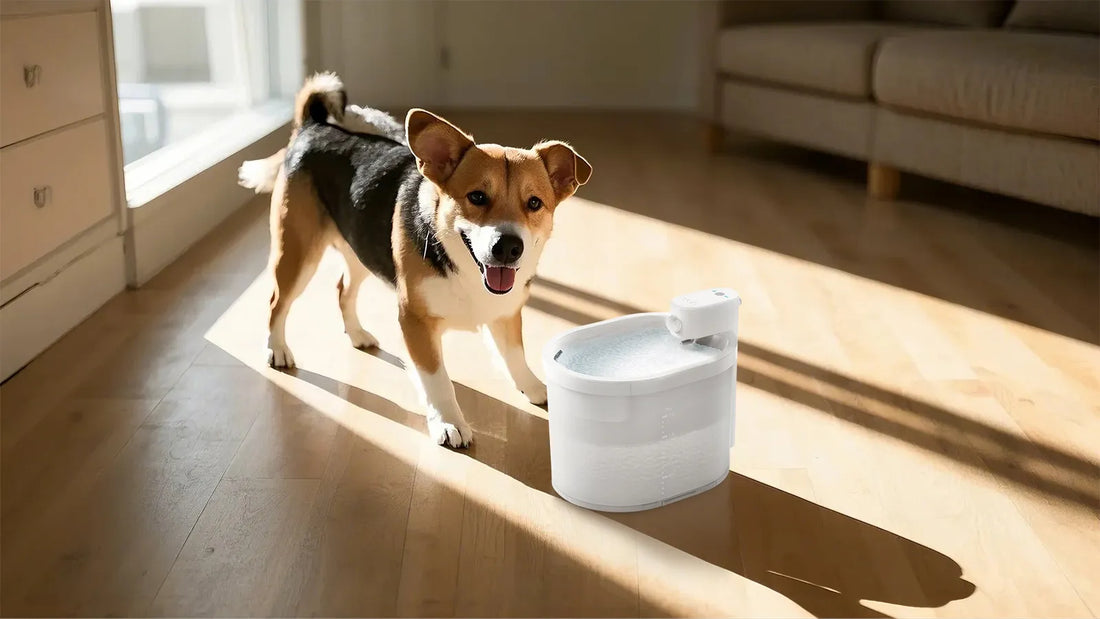Have you noticed your cat coughing more often than usual? The culprit might be closer than you think—right in their water fountain. Slime buildup in pet water fountains is a common yet overlooked issue that can pose serious health risks to your furry companion. In this article, we’ll explore why this happens, how it affects your cat, and what you can do to prevent it.
Understanding the Problem: Slime in Water Fountains
Slime in water fountains is a combination of bacteria, algae, and mineral deposits that accumulate over time. While it may seem harmless, this slime can harbor harmful pathogens that affect your cat’s health. Cats are particularly sensitive to changes in their water quality, and ingesting contaminated water can lead to respiratory issues, including coughing.
How Slime Affects Your Cat’s Health
When your cat drinks from a slime-filled water fountain, they may ingest bacteria or other contaminants. This can irritate their throat and respiratory system, leading to coughing. In severe cases, it can even cause infections or exacerbate existing health conditions. Additionally, the presence of slime can make the water taste unpleasant, discouraging your cat from drinking enough water, which can lead to dehydration.
Signs Your Cat’s Cough Is Linked to Their Water Fountain
If your cat is coughing, it’s essential to determine whether their water fountain is the cause. Look for these signs:
- Visible slime or discoloration in the water fountain
- Your cat avoiding the fountain or showing reluctance to drink
- Persistent coughing, especially after drinking water
- Other symptoms like lethargy or loss of appetite
Preventing Slime Buildup in Your Cat’s Water Fountain
Prevention is key to keeping your cat healthy. Here are some practical steps to minimize slime buildup:
- Clean the fountain thoroughly at least once a week, using pet-safe cleaning products.
- Replace the water daily to ensure freshness.
- Use filtered water to reduce mineral deposits.
- Place the fountain in a shaded area to slow algae growth.
What to Do If Your Cat Is Already Coughing
If you suspect slime in the water fountain is causing your cat’s cough, take immediate action. Start by cleaning the fountain thoroughly and replacing the water. Monitor your cat’s symptoms closely. If the coughing persists or worsens, consult your veterinarian to rule out other potential causes and ensure your cat receives proper care.
The Importance of Regular Maintenance
Regular maintenance of your cat’s water fountain is crucial for their health. A clean fountain not only prevents slime buildup but also encourages your cat to drink more water, which is essential for their overall well-being. Make cleaning and refilling the fountain a part of your weekly routine to keep it in optimal condition.
Choosing the Right Water Fountain for Your Cat
Not all water fountains are created equal. When selecting a fountain for your cat, consider features that make cleaning easier, such as removable parts and dishwasher-safe components. Opt for fountains with built-in filters to reduce contaminants and keep the water fresh for longer.
Alternative Solutions for Hydrating Your Cat
If maintaining a water fountain feels overwhelming, there are other ways to ensure your cat stays hydrated. Provide multiple water bowls throughout your home, and refresh the water daily. Some cats prefer running water, so you might consider a simple drip system or even encouraging them to drink from a faucet.
Why Your Cat’s Hydration Matters
Proper hydration is vital for your cat’s health. It supports kidney function, aids digestion, and helps maintain healthy skin and coat. By ensuring your cat has access to clean, fresh water, you’re taking a significant step toward safeguarding their long-term well-being.
Your cat’s health is in your hands, and something as simple as a clean water fountain can make a world of difference. Don’t let slime compromise your feline friend’s well-being—take action today to ensure they stay happy, hydrated, and cough-free.














